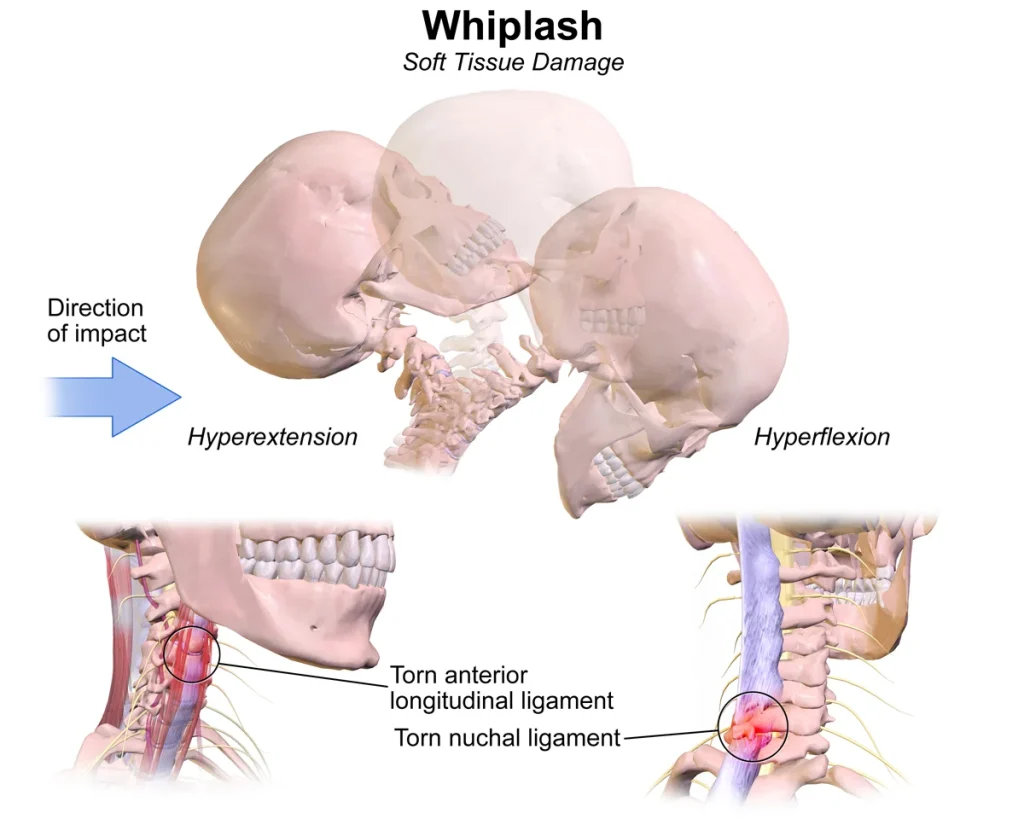
Whiplash is a neck injury that can be caused by a sudden, forceful movement of the head and neck. It is often seen in car accidents, but it can also be caused by sports injuries, falls or other types of trauma.
The symptoms of whiplash can vary from person to person, but they may include:
- Neck pain
- Headache
- Dizziness
- Fatigue
- Numbness or tingling in the arms or hands
- Difficulty sleeping
- Reduced range of motion in the neck
In most cases, whiplash heals on its own within a few weeks. However, some people may experience lingering symptoms for months or even years.
Here are 5 exercises that can help to relieve the symptoms of whiplash:
- Chin tucks. This exercise helps to stretch the muscles in the back of the neck. To do a chin tuck, sit or stand with your back straight. Gently tuck your chin towards your chest, keeping your shoulders relaxed. Hold for 10 seconds, then relax. Repeat 10 times.

2. Neck stretches. This exercise helps to stretch the muscles on both sides of the neck. To do a neck stretch, sit or stand with your back straight. Gently tilt your head to the right, keeping your shoulders relaxed. Hold for 10 seconds, then relax. Repeat on the left side. Repeat 10 times on each side.

3. Isometric neck exercises. This exercise helps to strengthen the muscles in the neck. To do an isometric neck exercise, sit or stand with your back straight. Gently press your head against your hand, which is placed on your forehead. Hold for 10 seconds, then relax. Repeat 10 times.

4. Neck rolls. This exercise helps to improve the range of motion in the neck. To do a neck roll, sit or stand with your back straight. Gently roll your head clockwise, making sure to keep your shoulders relaxed. Hold for 1 second, then roll your head counterclockwise. Repeat 10 times in each direction.

It is important to start these exercises slowly and gradually increase the intensity as you feel comfortable. If you experience any pain, stop the exercises and consult with your doctor or physiotherapist.
Here are some additional tips for doing these exercises:
- Keep your shoulders relaxed throughout the exercises.
- Do not force the exercises. If you feel any pain, stop the exercises and consult with your doctor or physiotherapist.
- Start with a few repetitions of each exercise and gradually increase the number of repetitions as you feel comfortable.
- Do these exercises daily to help relieve the symptoms of whiplash and improve your range of motion.
I hope this blog post was helpful. If you have any questions, please feel free to leave a comment below.
